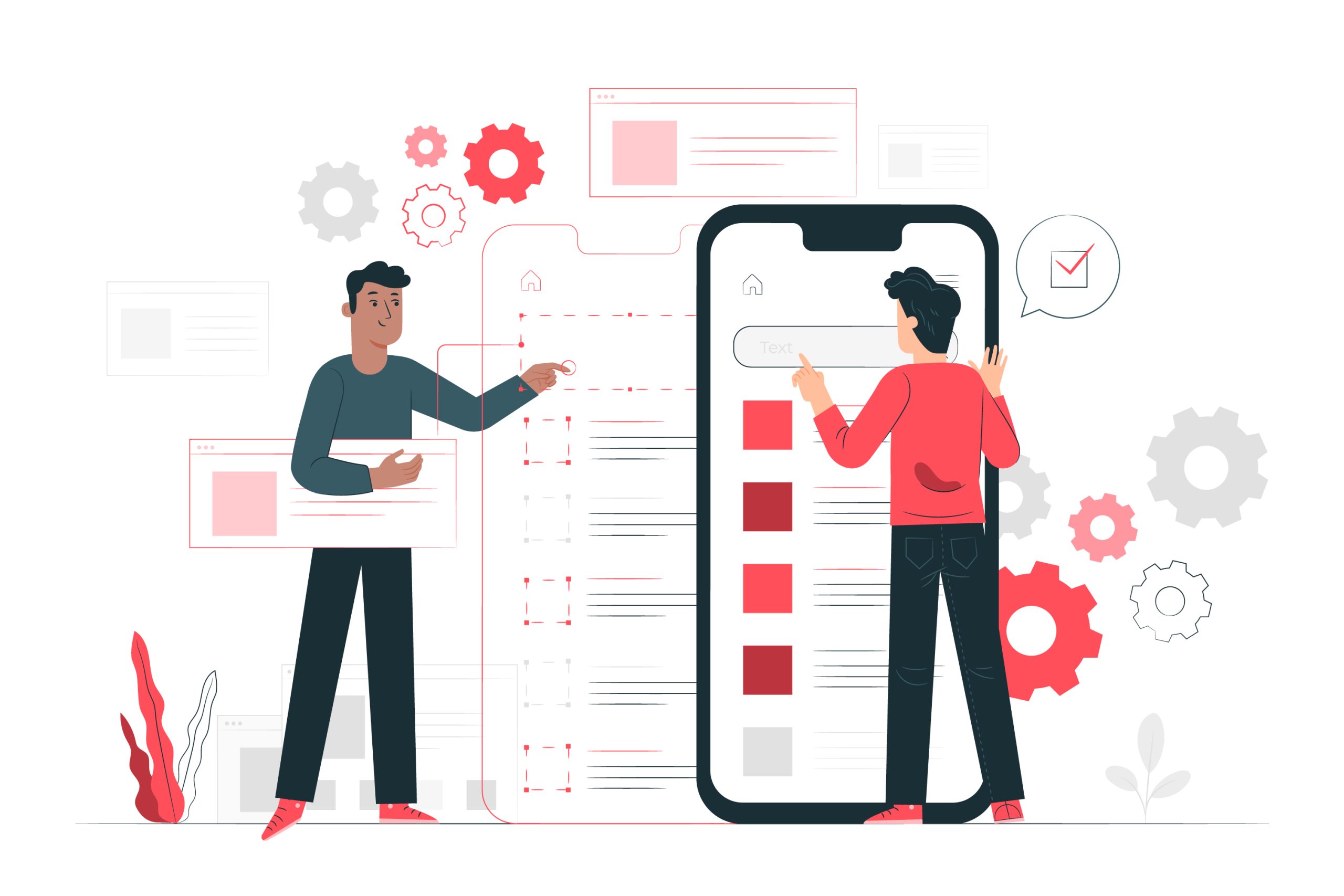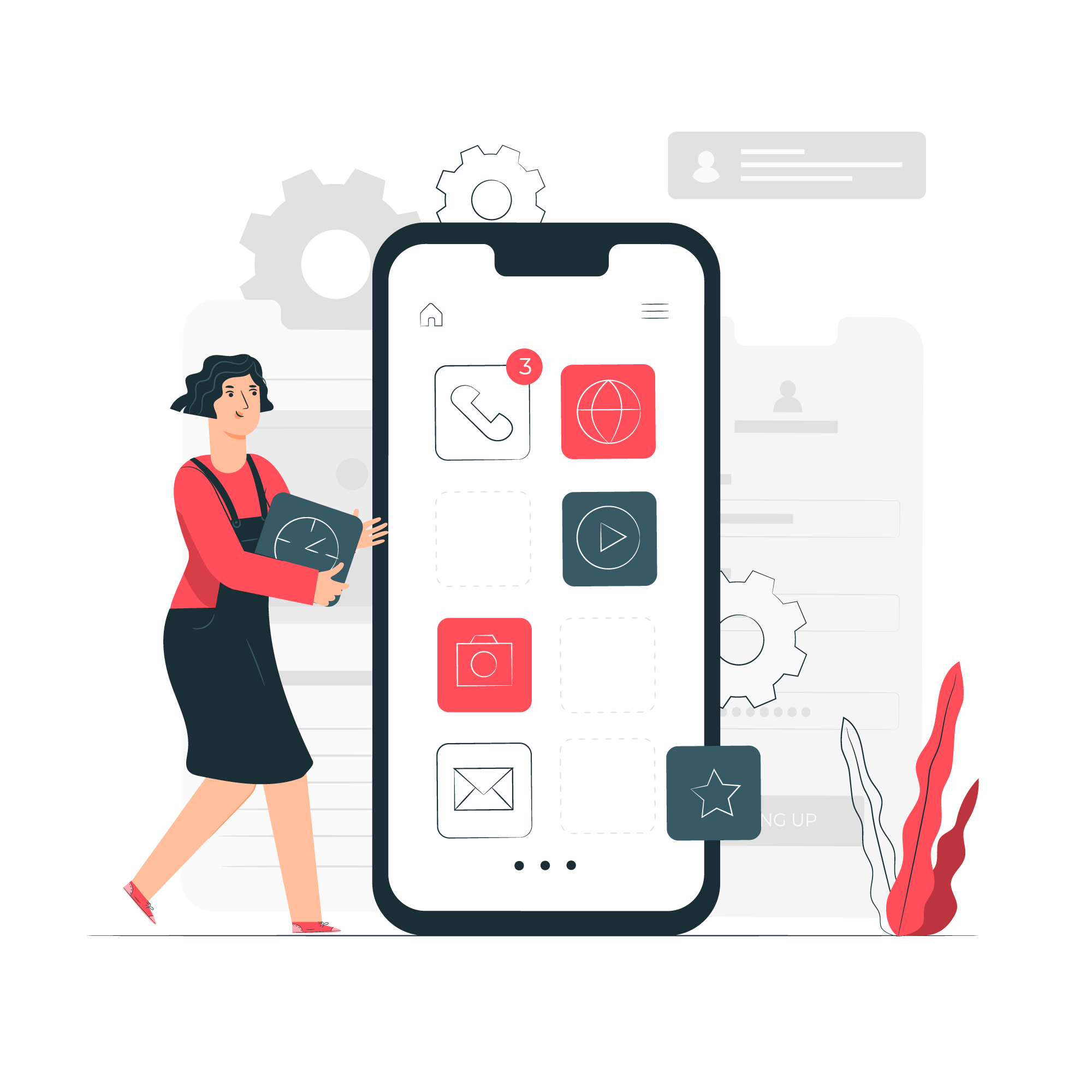Mobile app testing plays an important role in ensuring the quality and reliability of software products. One of the biggest challenges in mobile app testing is device fragmentation. With hundreds of different mobile devices, screen resolutions, operating systems and hardware configurations on the market, testers must ensure that their applications run smoothly on a wide variety of devices without compromising the user experience. This becomes even more complicated when dealing with multiple operating systems, such as Android and iOS, which have their own requirements and nuances. To address device fragmentation and multiple operating systems issues, it is important to implement a comprehensive testing strategy that includes the following steps:
- Determine the target devices and platforms your app will support. This can be done by analyzing market share data, user demographics, and other relevant factors.
- Create a testing matrix that covers a variety of devices and operating systems, prioritizing those most frequently used by your target audience. This matrix must be updated frequently to account for new devices and operating system updates.
- Leverage cloud-based device labs to access necessary testing environments, simulators, and emulators. This can save time and resources while reducing the need to maintain a large inventory of physical devices.
- Consider cross-platform testing tools and frameworks that allow you to test your app on multiple platforms using a single code base, simplifying the testing process and ensuring compatibility with multiple devices and platforms.
By following the steps provided above, you can overcome the challenges of mobile app testing and ensure that your app meets users’ needs and provides a seamless experience across devices and platforms.
Mobile Application Testing Tools
There are many tools available for mobile app testing. These tools are about testing and detecting errors to make sure the application is working correctly. Some popular mobile app testing tools are:
- Appium: It is an open source mobile test automation tool for testing Android and iOS applications and Appium is used to facilitate UI automation on many platforms such as iOS, Android, Tizen, Chrome, Firefox, Safari, macOS, Windows, Roku, tvOS, Android TV, Samsung, etc. designed. Appium aims to support Appium scripts written in many popular programming languages (Java, Python, Ruby, JS, etc.).
- Robotium: An open source tool for testing Android applications of all versions and sub-versions
- MonkeyRunner: Designed specifically for testing devices and applications at the framework/functional level
- UI Automator: Used to test the user interface of Android applications
- Selendroid: A test automation tool for automated testing of Android applications
- MonkeyTalk: A tool for automated testing of iOS and Android applications
These tools are a few examples that can be used for mobile app testing. However, the most appropriate tools for mobile app testing may vary depending on the application’s requirements and testing goals.
Mobile Application Test Scenarios
Many scenarios can be created for mobile application testing. Scenarios are about testing and detecting errors to make sure the application works correctly. Some popular mobile app testing scenarios are:
- Installation Test: It is related to the time it takes for the user to install the application. In order for mobile applications to be preferred, it is recommended that the installation be simple and short.
- Functional Testing: Covers the operation of the application. It should be tested on all devices. All functions should be tested. It should be ensured that the application works properly even when the memory is full. If the application was stopped during installation, it should send information to the user.
- Power Consumption Test: It is tested how much the application consumes the device battery. Applications that consume too much battery are not preferred by users.
- Interrupt Test: Tests how external factors such as network connection type, SD card interaction, calls and messages affect the application.
- Usability Testing: The interface and user experience part of the application are tested. There should be features such as legible text, symbols that fit on the screen, and easy touch.
- Performance Test: The application must carry 20% more than the maximum load carrying capacity.
The above scenarios are a few examples that can be used for mobile app testing. However, the optimal scenarios for mobile app testing may vary depending on the application’s requirements and testing goals.
The features of the testing checklist for mobile devices are as follows:
- Cross-platform compatibility that allows the mobile app to run on any operating system on which developers aim to put the software
- Security testing with assurances that user data is secure and there are no avenues for malicious third-party access
- Functional testing to ensure the entire mobile application works as the user expects
- Language testing to ensure that alternative languages are translated properly and do not harm the functionality of the mobile application
- User enjoyment control that allows the user to interact positively with the mobile application
In conclusion, mobile app testing is one of the most important developments a developer can make. Testing ensures that an application’s functionality works as the company expects it to, helps balance what needs to be fixed in a piece of software, and allows companies to plan the rest of the development cycle. As challenging as it is, it is also enjoyable to develop and implement.



